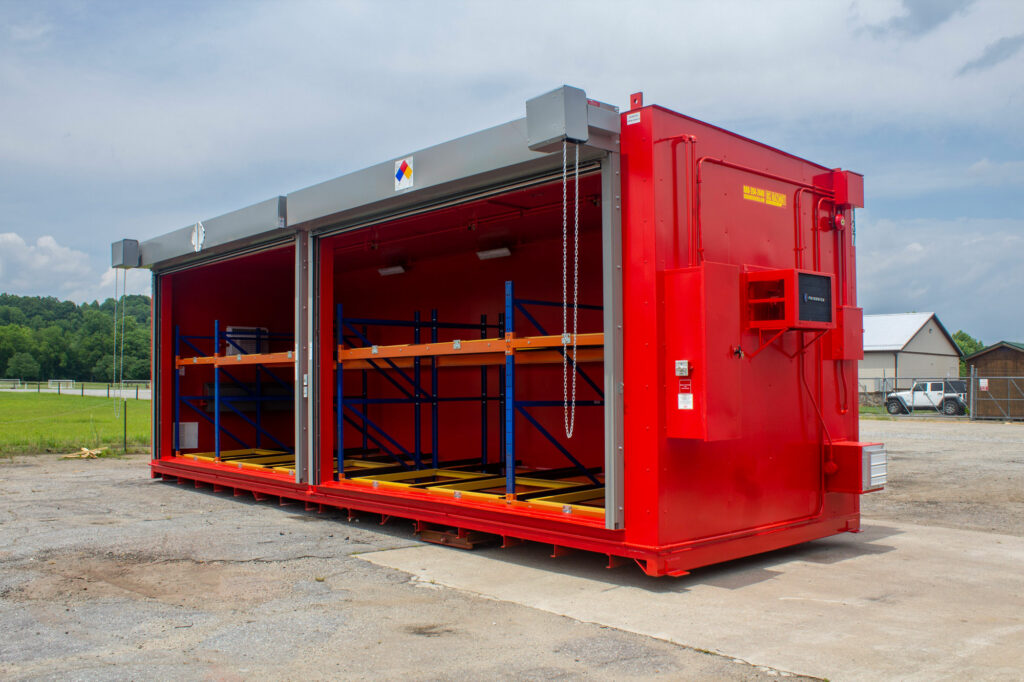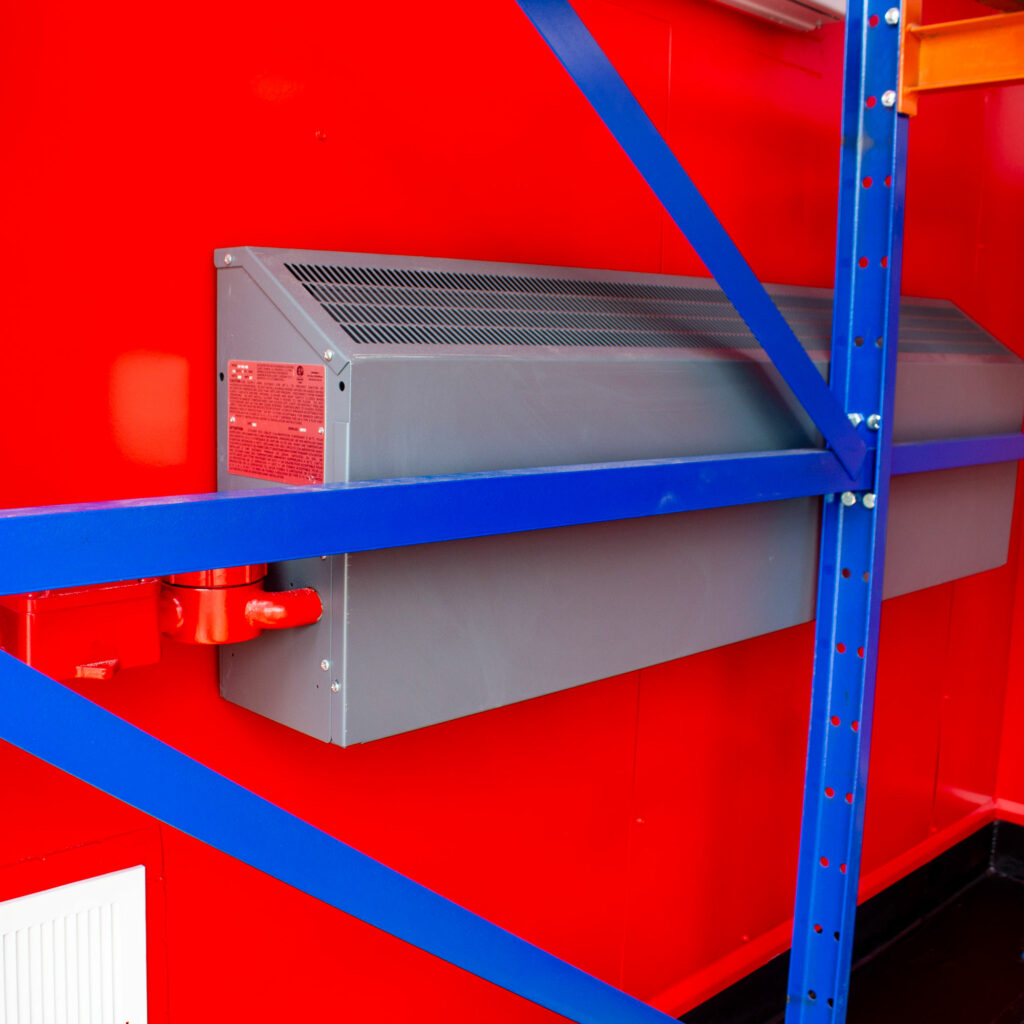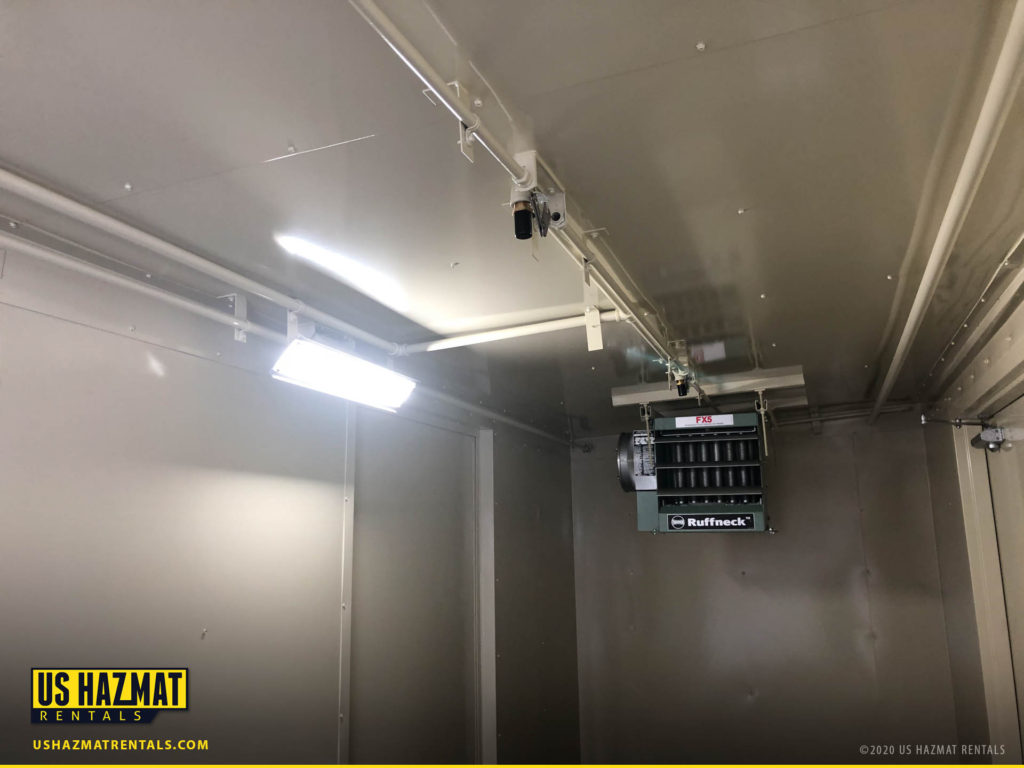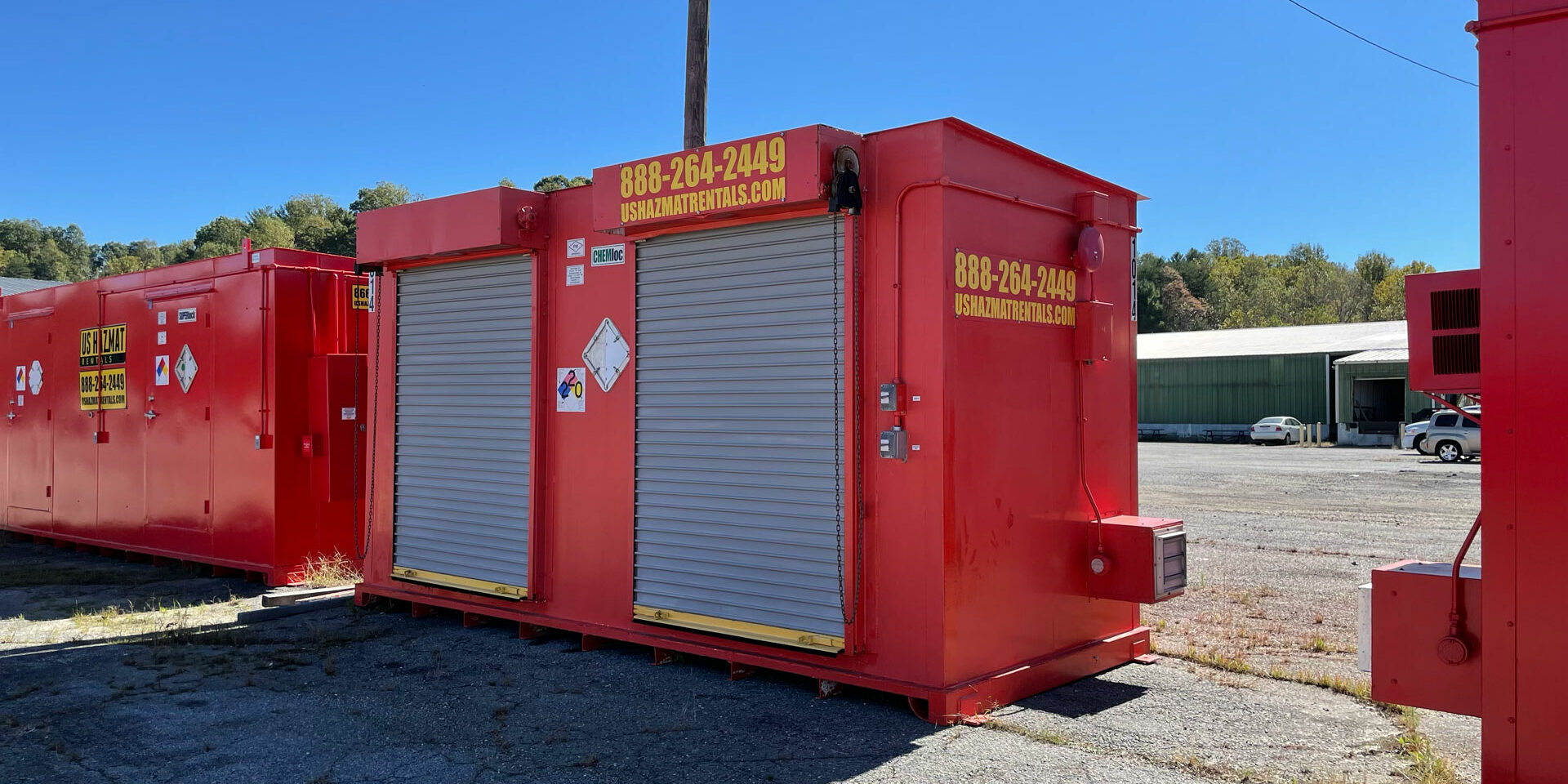With seasonal projects winding down with the arrival of cooler weather, now is a good time to take stock of your business and inventory. You’ve likely had a successful year. With demand for consumer products and building projects reaching pre-pandemic levels, your business probably had all the work it could handle. Even with labor shortages, you still managed to turn a profit. And suddenly you find yourself with extra downtime as the demand for work drops. What should you do? Now is a great time to take care of routine repair and maintenance to keep your machinery rust-free during the winter months. It’s also an opportune time to review current chemical storage stockpiles and guidelines.
Stay Compliant With Winterized Storage Practices

Common chemicals used in manufacturing and construction can be just as valuable as your equipment. They can also be just es expensive, so you want to keep track of everything you commonly use at work. The stakes remain just as dire when it comes with how you handle dangerous chemicals. Like construction equipment, hazardous materials and chemicals, such as lubricants, fuels and degreasers, make a hard job much easier when used correctly. But when used without the proper safety guidelines in place, disaster can occur and with it, a never-ending list of fines and civil penalties. Flammable and combustible liquids can’t just be tossed into a storage shed when not in use. These dangerous substances have very low flash points, so a sudden fire can occur with rapid temperature inversions or even an errant spark from grinding or welding work. You need compartmentalized and separate chemical storage.
Avoid Hazmat Fines With Climate Control and Ventilation Options for Chemical Storage Lockers


Chemical storage for flammable materials is like finding the Goldilocks zone when it comes to storage temperature. It needs to be just right. Too hot and disaster strikes, but if conditions get too cold, your expensive chemicals can gel and coagulate, rendering them useless. Optional climate control for our fire-rated chemical storage options can mitigate these risks by keeping dangerous, yet sensitive chemicals in the optimal temperature range of protection. Ventilation is also crucial in proper chemical storage and is a pillar in the trifecta of compliant protection. Drums and barrels of flammable and combustible liquids can release vapors or gasses, which can also be toxic, flammable, as well as corrosive. Mechanical ventilation prevents vapors from accumulating in the airspace around your storage and jobsite. But what if a fire was to still occur? Not to worry. We have the ultimate stopgap in our fire suppression system that can quickly douse flames the moment upon activation. Compliant fire protection is another great way to avoid hazmat fines.
Chemical Storage Lockers Can Help You Stay Organized
Most people think Spring Cleaning is best period of cleaning out old unused items and renewing depleted levels. This isn’t necessary true in the construction industry. After months of grueling work, many workers look forward to the down time that comes toward the end of the year. But instead of becoming complacent, the extra down time at the warehouse or office is a great time reorganize your storage lockers and compartmentalize flammable and non-flammable items so they’re not allowed to interact. Our storage lockers are big enough to give you enough elbow room to organize and declutter your home base of operations without getting in the way of other work that needs to be done. These steel-welded storage lockers can be ideal for storing expensive equipment and protecting it from thieves. At the end of the long workday, it’s not just about how to avoid hazmat fines – it’s about protecting your livelihood.






